
Smog: Photochemical smog & Sulfurous smog
Subscribe to Never Miss an Important Update! Assured Discounts on New Products!
Must Join PMF IAS Telegram Channel & PMF IAS History Telegram Channel
Last updated on April 19, 2024 7:28 PM
Smog
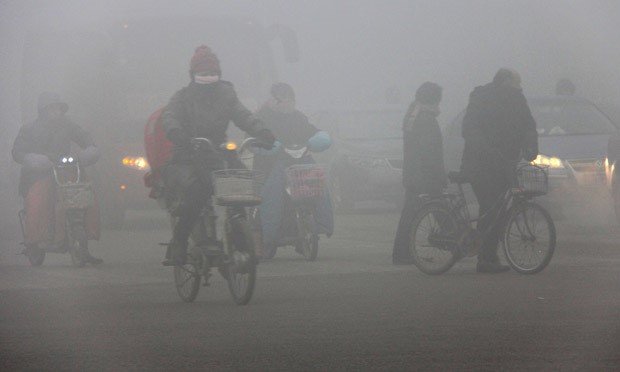
- Smog = smoke + fog (smoky fog) caused by the burning of large amounts of coal, vehicular emission and industrial fumes (Primary pollutants).
- Smog contains soot particulates like smoke, sulphur dioxide, nitrogen dioxide and other components.
- At least two distinct types of smog are recognized: sulfurous smog and photochemical smog.
Primary and secondary pollutants
- A primary pollutant is an air pollutant emitted directly from a source.
- A secondary pollutant is not directly emitted as such, but forms when other pollutants (primary pollutants) react in the atmosphere.
- Examples of a secondary pollutant include ozone, which is formed when
- hydrocarbons (HC) and nitrogen oxides (NOx) combine in the presence of sunlight;
- NO combines with oxygen in the air; and
- acid rain, which is formed when sulfur dioxide or nitrogen oxides react with water.
Sulfurous smog
- Sulfurous smog is also called “London smog,” (first formed in London).
- Sulfurous smog results from a high concentration of SULFUR OXIDES in the air and is caused by the use of sulfur-bearing fossil fuels, particularly coal (Coal was the mains source of power in London during nineteenth century. The effects of coal burning were observed in early twentieth century).
- This type of smog is aggravated by dampness and a high concentration of suspended particulate matter in the air.
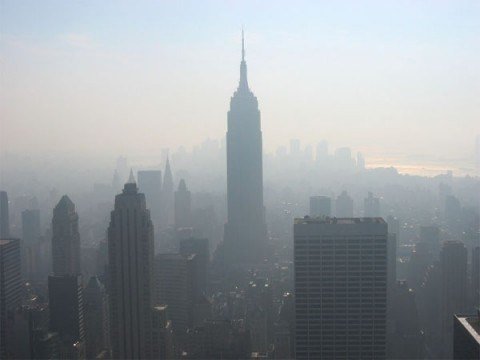
Photochemical smog
- Photochemical smog is also known as “Los Angeles smog”.
- Photochemical smog occurs most prominently in urban areas that have large numbers of automobiles (Nitrogen oxides are the primary emissions).
- Photochemical (summer smog) forms when pollutants such as nitrogen oxides (primary pollutant) and organic compounds (primary pollutants) react together in the presence of SUNLIGHT. A gas called OZONE (Secondary pollutant) is formed.
Nitrogen Dioxide + Sunlight + Hydrocarbons = Ozone (Ozone in stratosphere it is beneficial, but near the earth’s surface it results in global warming as it is a greenhouse gas)
- The resulting smog causes a light brownish coloration of the atmosphere, reduced visibility, plant damage, irritation of the eyes, and respiratory distress.
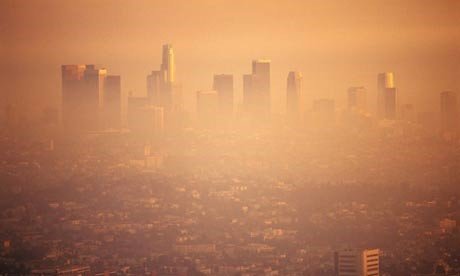
Reactions involved
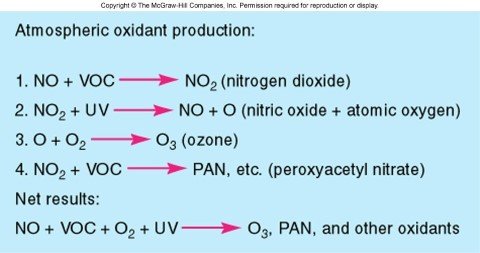
Haze
- Haze is traditionally an atmospheric phenomenon where dust, smoke and other dry particles obscure the clarity of the sky (No condensation. Smog is similar to haze but there is condensation in smog).
- Sources for haze particles include farming (ploughing in dry weather), traffic, industry, and wildfires.
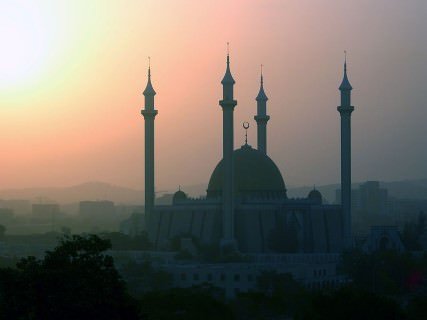
Effects of Smog
- The atmospheric pollution levels of Los Angeles, Beijing, Delhi, Mexico City and other cities are increased by inversion that traps pollution close to the ground.
Temperature Inversion – Types – Effects on Weather
- It is usually highly toxic to humans and can cause severe sickness, shortened life or death.
- Smog is a combination of airborne particulate matter, like soot, and invisible toxic gases including ozone (O3), carbon monoxide (CO), sulfur dioxide (SO2), which are carcinogens (cancer causing agents).
- Temperature inversions are accentuated and precipitation is reduced.
- Smog related Haze lowers visibility.
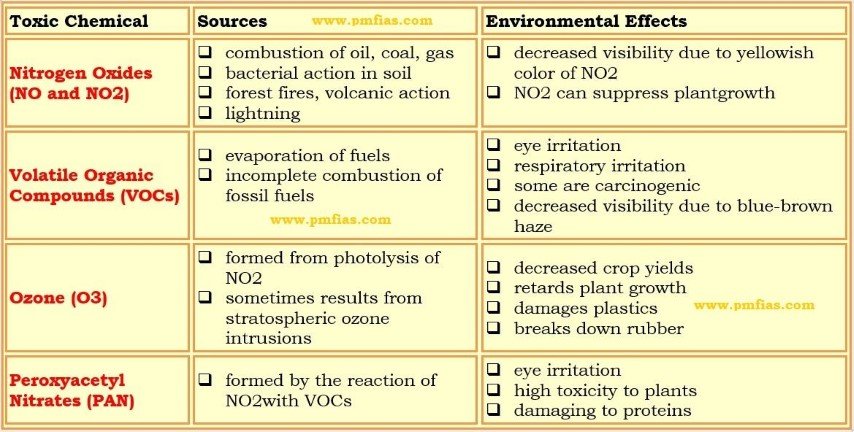
Question: UPSC Mains 2015
Mumbai, Delhi and Kolkata are the three mega cities of the country but the air pollution is much more serious problem in Delhi as compared to the other two. Why is this so?] [200 words]
- In spite of similar urbanization, air pollution is much more severe in Delhi compared to that in Mumbai and Kolkata. This is because of
Polluting Industry in close vicinity in Delhi.
- Delhi and its immediate neighborhood is the hot bed of polluting industries which are primarily coal fueled. Burning coal releases Oxides of sulphur which forms sulphurous smog. This type of smog is more pronounced in Delhi than in the other two cities due to geography and climate.
Vehicular Emissions
- All the three cities contribute nearly equal vehicular emissions rich in CO2 and NO2. NO2 results in phochemical smog. Here again, Delhi is worst hit due to its geography and climate.
Geography and Climate
- This the most detrimental factor. Delhi is a continental city while the other two are coastal. Land and See Breezes in Mumbai and Kolkata carry pollutants away from the city. There is no such advantage to Delhi as it is land locked.
- Also, the duration of monsoon winds is short in Delhi compared to the other two.
- Delhi faces severe cold wave in winter compared to the other two. Cold climate here creates temperature inversion which traps the pollutants, mainly smog, for a longer duration.
Farm Straw Burning
- Delhi is at the heart of major agricultural region. Burning of farm straw in the surrounding regions also adds to Delhi’s pollution levels.
226 words.
Primary References: NCERT Geography, Spectrum’s Geography [Amazon and Flipkart], and Savindra Singh [Amazon and Flipkart] and some websites.
Last updated on April 19, 2024 7:28 PM





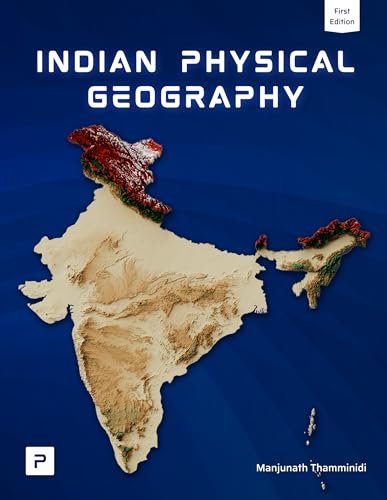
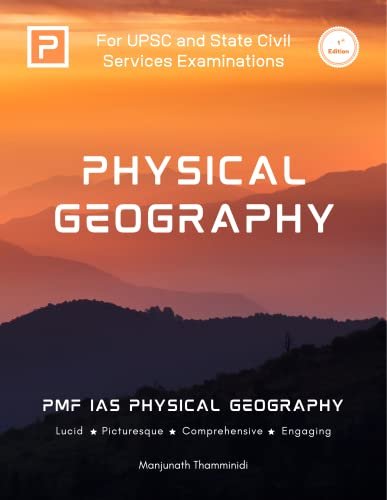

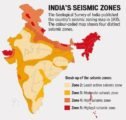
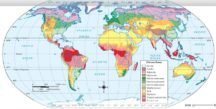

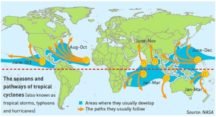


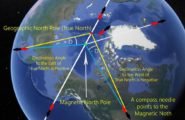
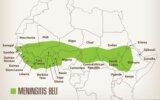



Sid,
When notes on environment and ecology will be uploaded?
Waiting!